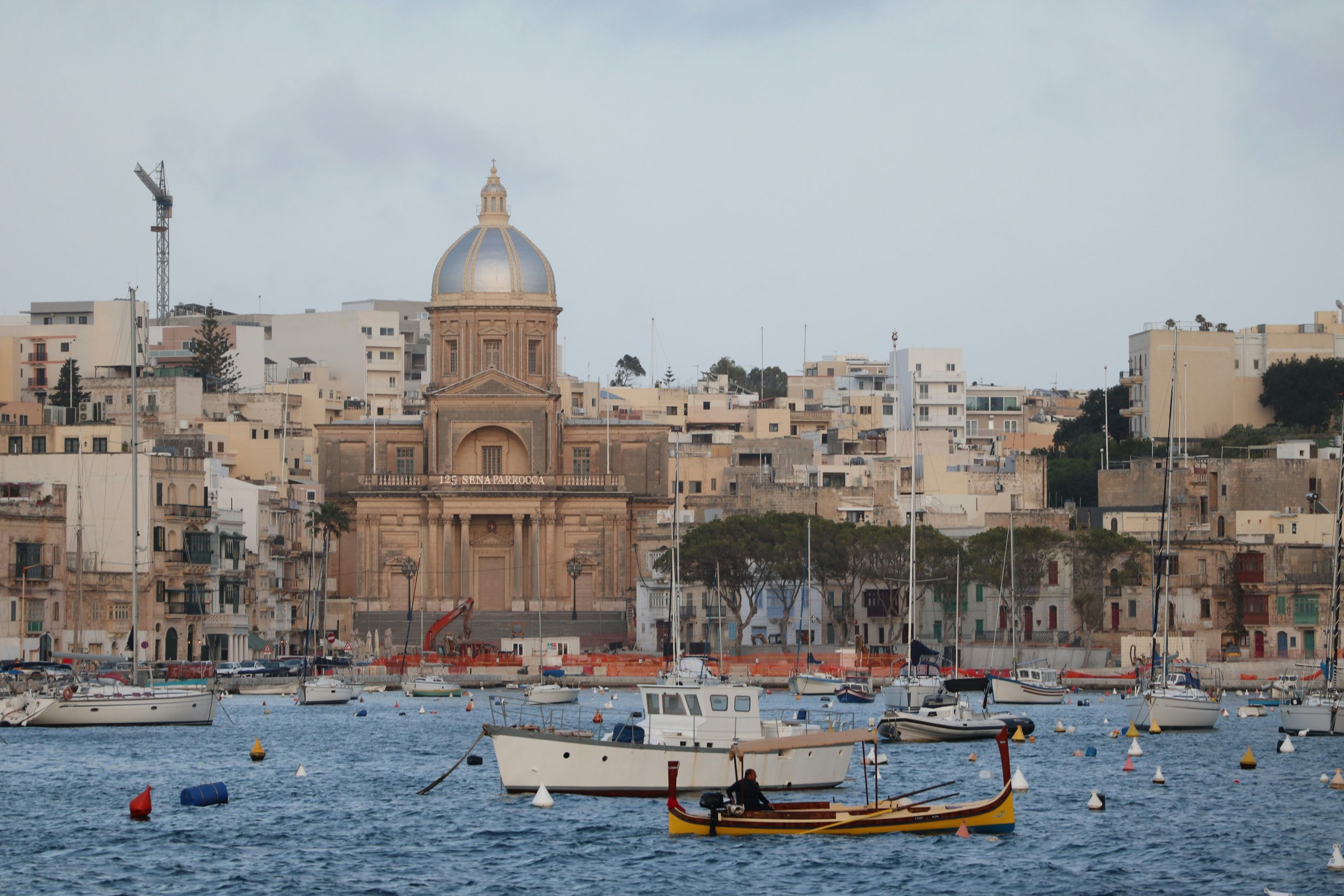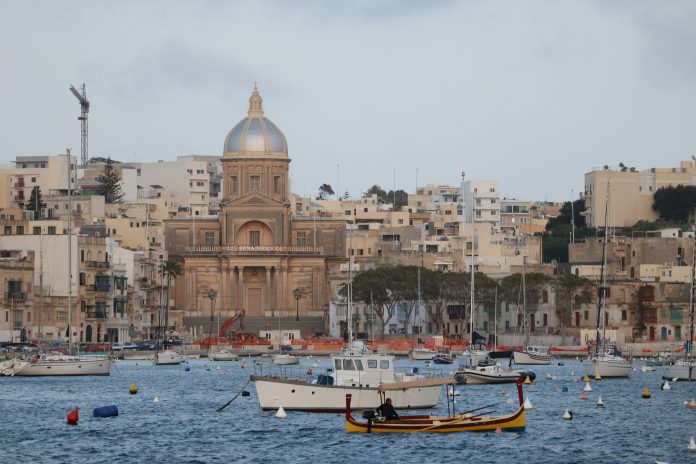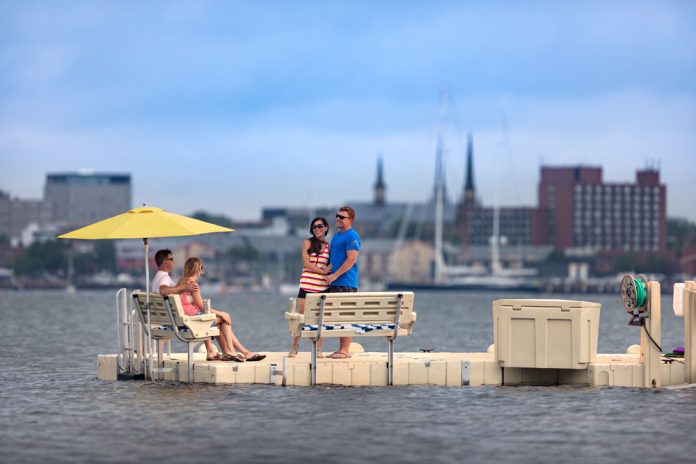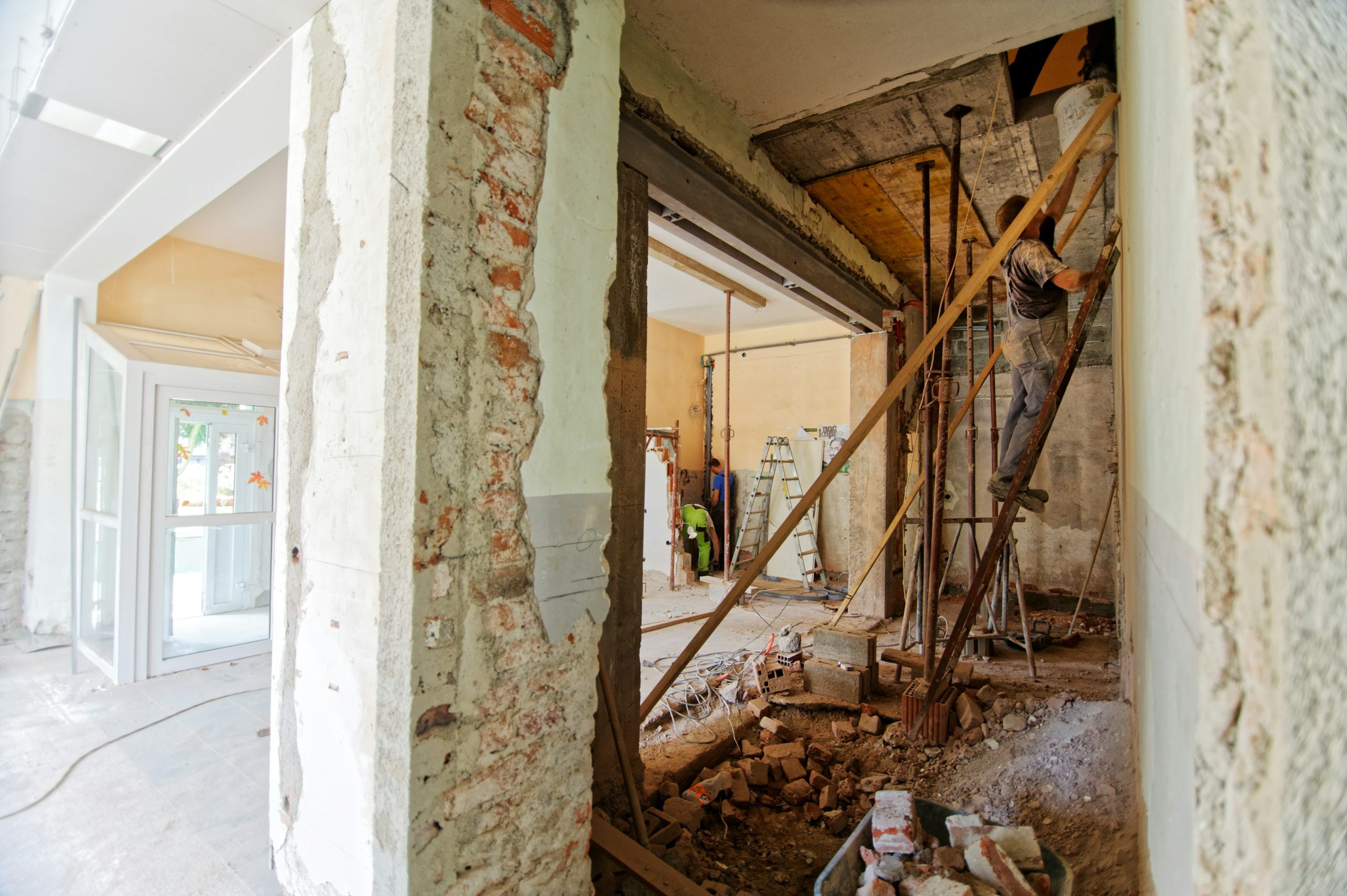Our oceans are in trouble. Coral reefs are bleaching. Fish populations are thinning. And shorelines that once teemed with life now echo with the hum of motors and the clink of steel. But what if the very structures we’ve built to access the water—marinas, docks, anchoring systems—could become part of the solution rather than the problem?
Turns out, that shift is already underway. Across coastal communities, there’s a growing movement to redesign marine infrastructure with the health of the planet in mind. Forward-thinking companies are helping lead the charge—like one innovative marine equipment supplier now offering eco-responsible floating docks and low-impact mooring systems. These are the tools of a greener waterfront future.
From Convenience to Consequence: The Hidden Cost of Traditional Marinas
For decades, coastal infrastructure was built with durability and convenience in mind—not ecology. Most docks used pressure-treated wood, which can release toxins into nearby waters. Mooring chains dragged across seabeds, tearing up delicate habitats like seagrass beds, which are essential breeding grounds for fish and carbon sinks for our warming planet. And runoff from marinas carried everything from oil and fuel residues to heavy metals straight into surrounding ecosystems.
It’s the kind of slow-motion damage that’s hard to see until it’s too late. But researchers, conservationists, and yes, even builders, are starting to connect the dots—and change course.
Eco-Docks and Floating Wetlands: Rethinking What We Build on Water
Today, sustainability isn’t a bonus feature; it’s a baseline. Eco-conscious dock systems are making waves by incorporating sustainable materials like aluminum or plastic-free composites that won’t leach into the water. Some use light-permeable surfaces, allowing sunlight to filter down and support aquatic plants below—because yes, photosynthesis matters under the dock too.
Floating wetlands are also being integrated into marinas, filtering runoff, reducing algae blooms, and offering habitat for birds, fish, and insects. When built right, marinas can become miniature ecosystems—not just parking spots for yachts.
As for mooring systems? Forget dragging heavy chains. Modern eco-moorings use screw anchors or elastic rodes that stay in place without destroying what’s underneath. It’s better for the seabed—and better for everyone who depends on it, which, frankly, is all of us.
Coastal Infrastructure as a Force for Regeneration
The most exciting thing about this shift? It flips the script. Instead of viewing marine infrastructure as something that takes from the ocean, we’re seeing how it can give back.
Take the case of Marina del Rey in California. A pilot project added fish-friendly dock features and low-light LED systems to reduce disruption to local marine life. Within months, juvenile fish counts increased. Other harbors are hosting oyster restoration projects under their docks, where the shellfish quietly clean the water—up to 50 gallons per oyster per day. It’s nature’s filtration system, getting a little human support.
And none of this is theoretical. These projects are measurable, trackable, and happening right now.
Partnerships, Policy, and Pressure From the Bottom Up
Sure, innovation is sexy, but policy is powerful too. Coastal cities are rewriting their construction codes. Permits are increasingly tied to sustainability guidelines. And public-private collaborations are funneling money into projects that prioritize resilience, conservation, and long-term planning.
On the consumer side, boaters and marina managers are starting to demand more from their suppliers. It’s not enough to be functional anymore. People want sustainable. They want smart. They want to know their dock isn’t quietly contributing to the collapse of the local ecosystem.
This is where choosing the right marine equipment supplier becomes more than a procurement decision—it’s a statement. Are you building for yesterday’s ocean, or tomorrow’s?
The Ocean Isn’t Asking for Perfection. Just Progress.
Let’s be real. No marina, dock, or floating platform is ever going to be completely impact-free. But that’s not the point. The point is doing better—because better is entirely within reach.
Sustainable marine infrastructure is more than just green tech or buzzwords—it’s a practical, measurable, and urgently needed shift in how we coexist with the ocean. It means treating every dock as a potential nursery. Every mooring line as a chance to do less harm. Every shoreline build as an opportunity to protect the very waters it touches.
Our oceans are adaptable, resilient, and astonishingly forgiving. If we give them half a chance, they will recover. But that chance starts with how we build.









